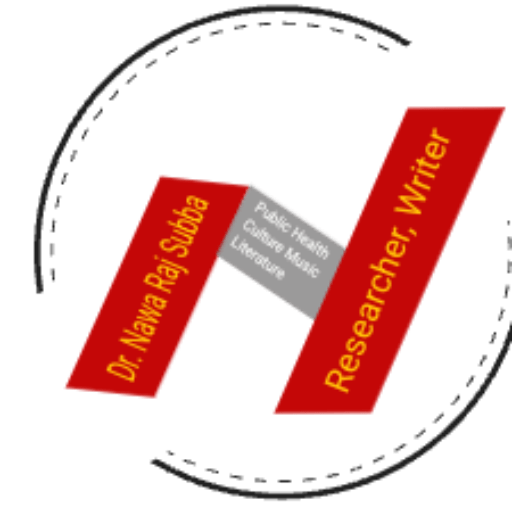Assessment of Health Situation in Eastern Development Region of Nepal
To cite the article: Nawa Raj Subba, Deepak Paudel, Shiba B. Karkee, Asha Lal Tamang, Rajmukut Bhusal, Shyam K. Subedi, Laxmi Bhattarai, Basanta K. Parajuli, Shiva R. Acharya, Chanda Rai. (2004). A Summary Report on Assessment of Health Situation in Eastern Development Region of Nepal. The Britain Nepal Medical Trust, Kathmandu, Nepal.
Summary
Background: The study to assess the health and health care delivery status in Eastern Development Region of Nepal was carried out by the Health Improvement Program of The Britain Nepal Medical Trust (BNMT) in close collaboration and coordination with Eastern Regional Health Directorate. This assessment was funded by BNMT and facilitated jointly by BNMT and Eastern Regional Health Directorate.
Objective: This study is expected to provide insights into the current status of health; gaps in availability, accessibility and utilization of health care services; current and potential aspects that affect health and thus to guide health managers and partners to identify appropriate interventions to improve health status in the Eastern Development Region of Nepal through strengthening the capacity of local communities.
Methodology: This is probably the first assessment of this kind covering a wide range of information collection approaches in all districts of the region. AC Nielsen Nepal Private Limited provided technical support for tools development, training of supervisors and enumerators, data entry and preliminary analysis of the data. This report includes the key findings of the assessment. Information was collected from households, health facilities, private clinics, nursing homes, private drug retailers and traditional faith healers from all 16 districts of the region.
Findings: The proportion of children under five years of age is higher among the disadvantaged households and low level of awareness of various diseases, especially HIV, their symptoms and treatment. About one-third households belonged to Dalits. Only 42% of households (60% general and 24% disadvantaged) visited had a toilet. Health workers are not accessible, especially to disadvantaged groups. People felt the most urgent need was for trained manpower, medicines and equipment to be available in health institutions. Only about one-fourth of sick household members visit health institutions. Large communication gaps between service providers and users. About one-third of disadvantaged households were aware of free drugs for the treatment of TB. About nine out of ten deliveries take place at home, but only one mother out of three mothers who gave birth at home used a safe delivery kit.oPeople expressed dissatisfaction with health institutions and health workers, saying that often health workers were not available when they visited.oWomen hesitate to visit the health institution because of a lack of female health workers. Reasons given for not going to health institutions included caste discrimination andan inadequate supply of medicines. Among service providers, the survey found:oMost health institutions had unfilled posts. The staff shortage puts service providers under extremepressure, as they cannot provide quality services with adequate time for the patients. Facilities and infrastructure in hospitals were satisfactory and almost all available facilities were in use. In health institutions without drug schemes, about 70% of key drugs were available (range 41 to 97%). Only 55% of pregnant women visiting hospitals received iron and folic acid tablets, although 79% of pregnant women were anaemic. Service providers noted the increase in people going to health institutions for treatment, and gave credit for this to the female community health volunteers, traditional birth attendants and community health education. Service providers agreed that short opening hours and the capacity and behaviour of health workers were also reasons why people did not visit health institutions.
Preview/Download


